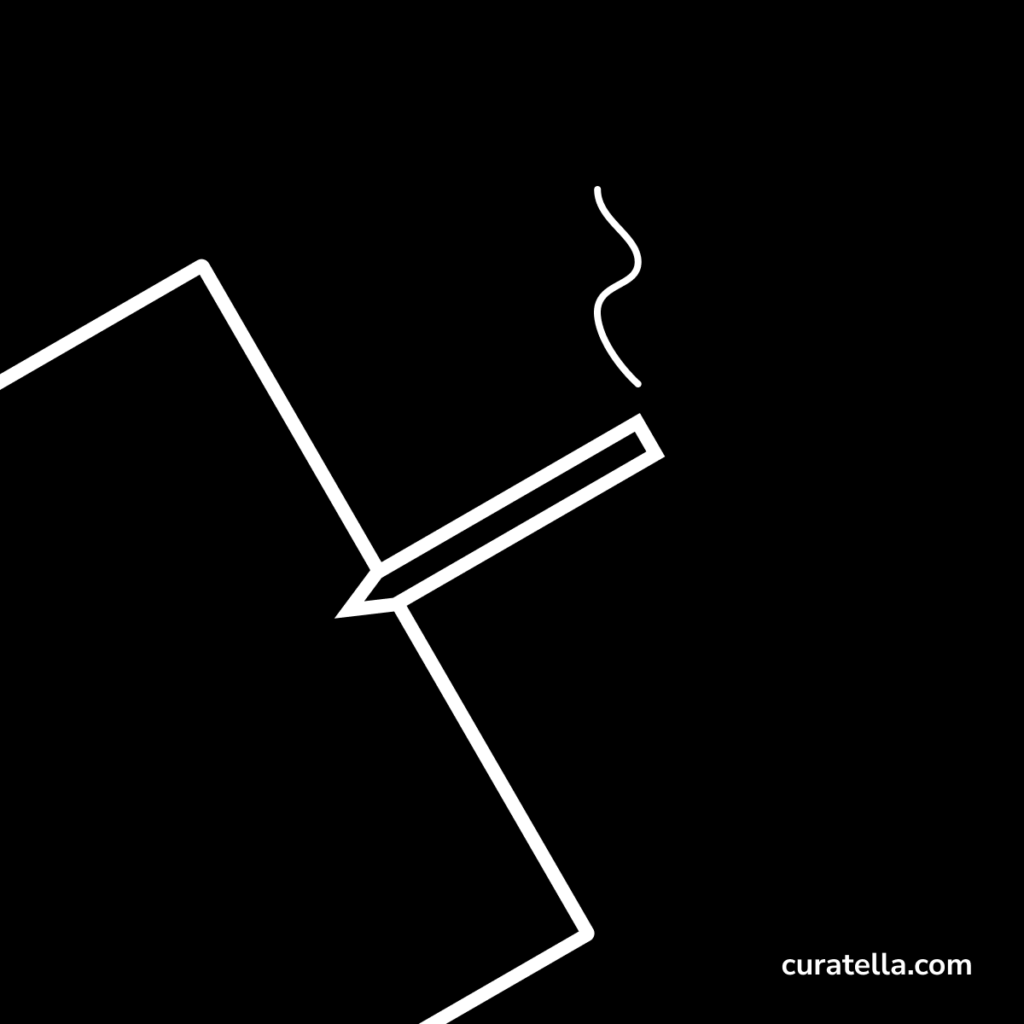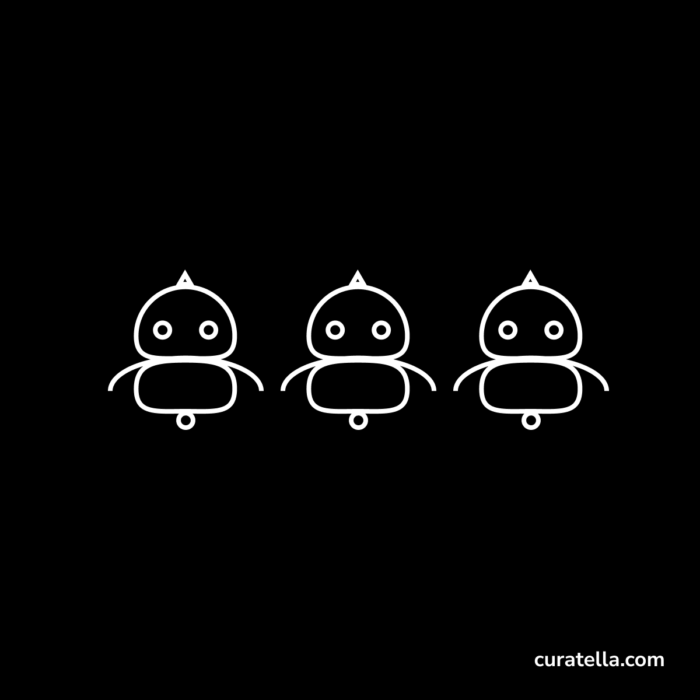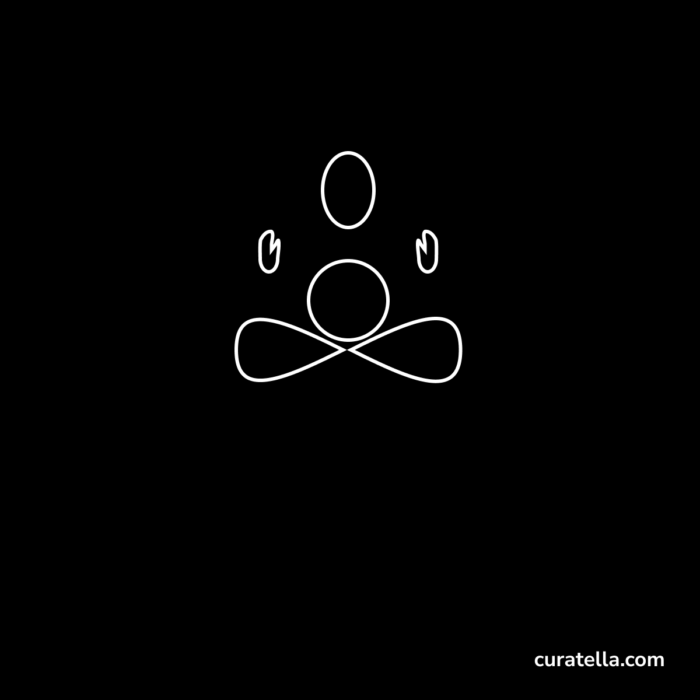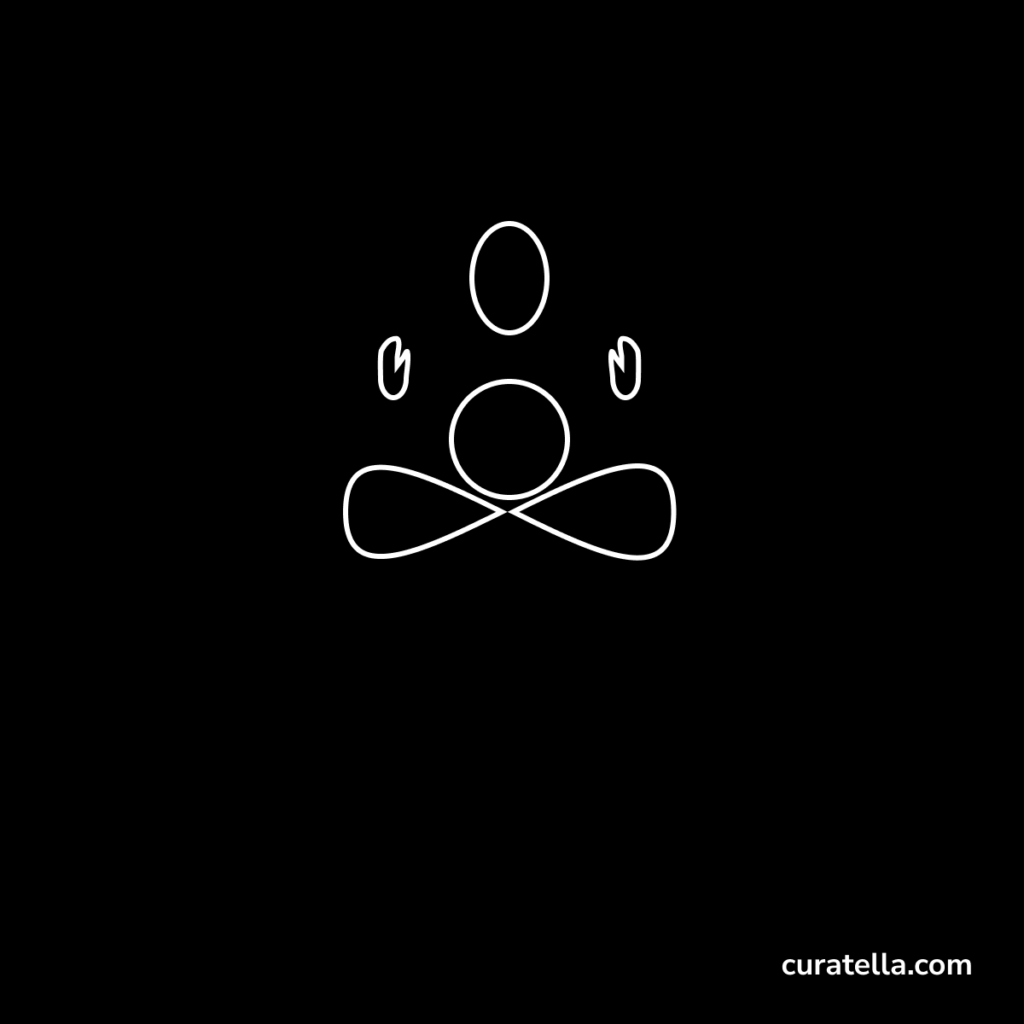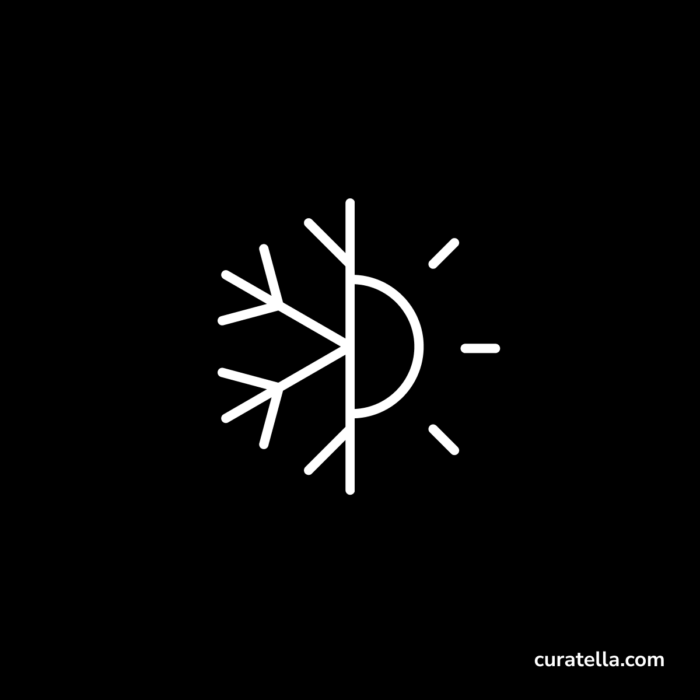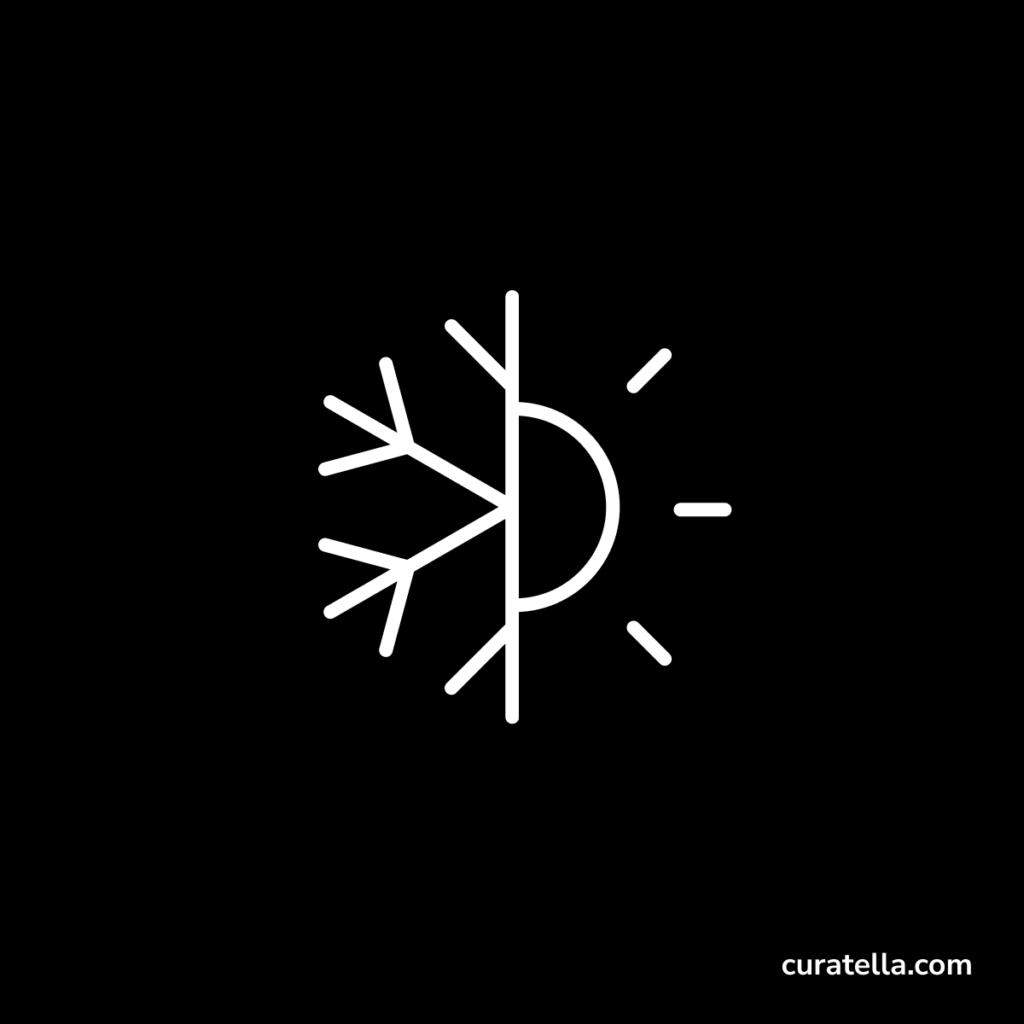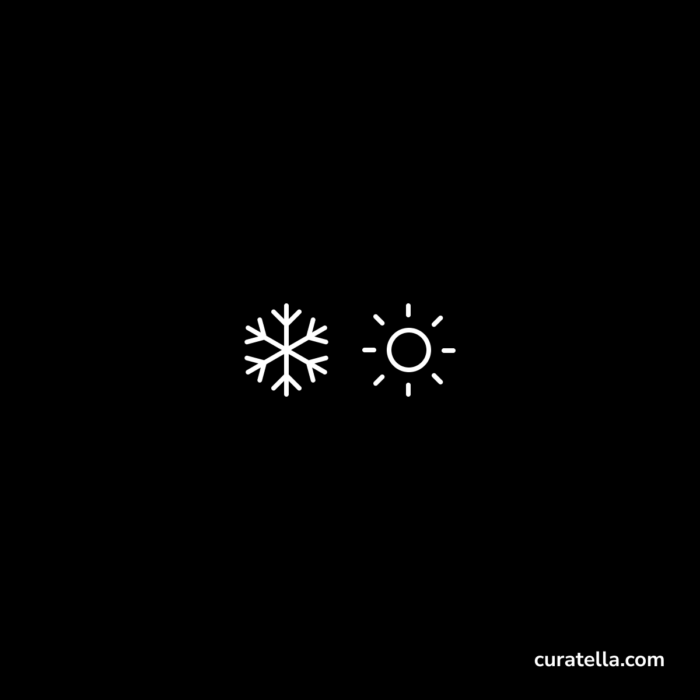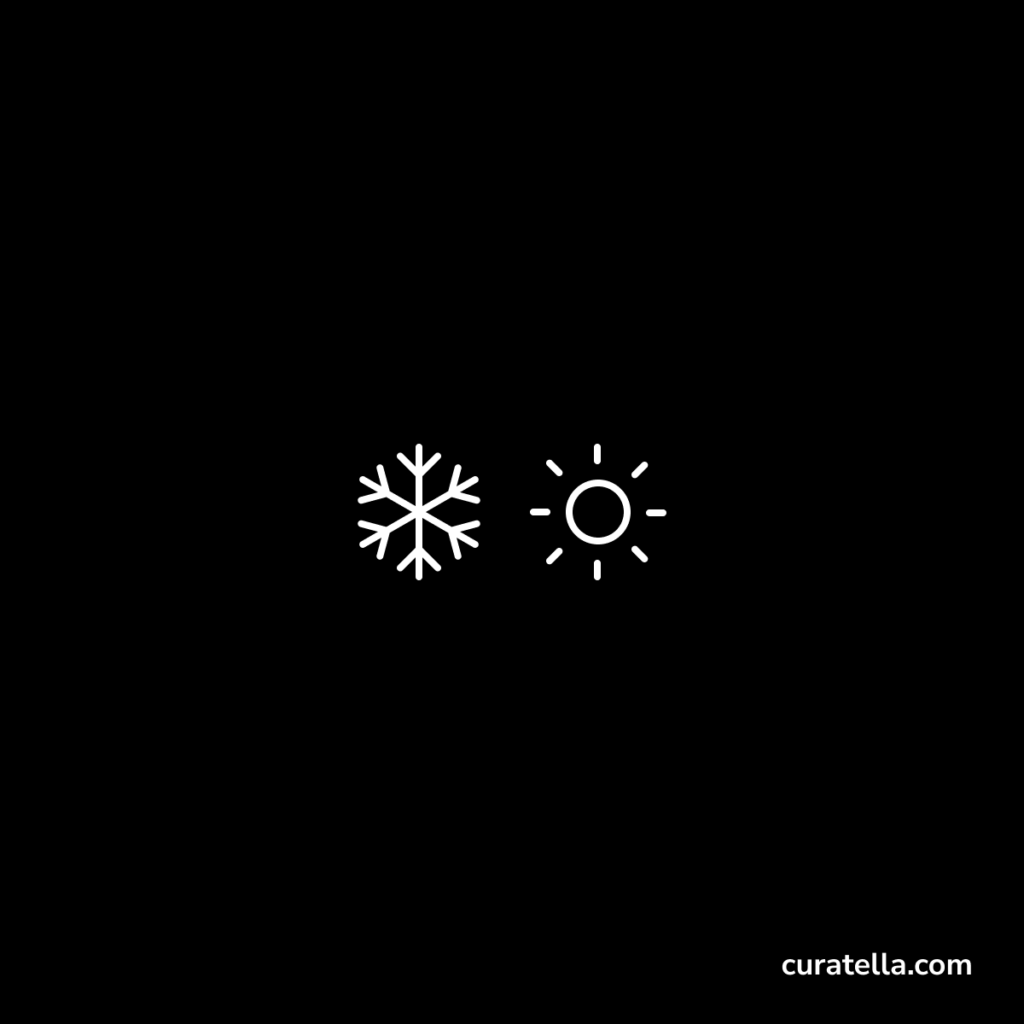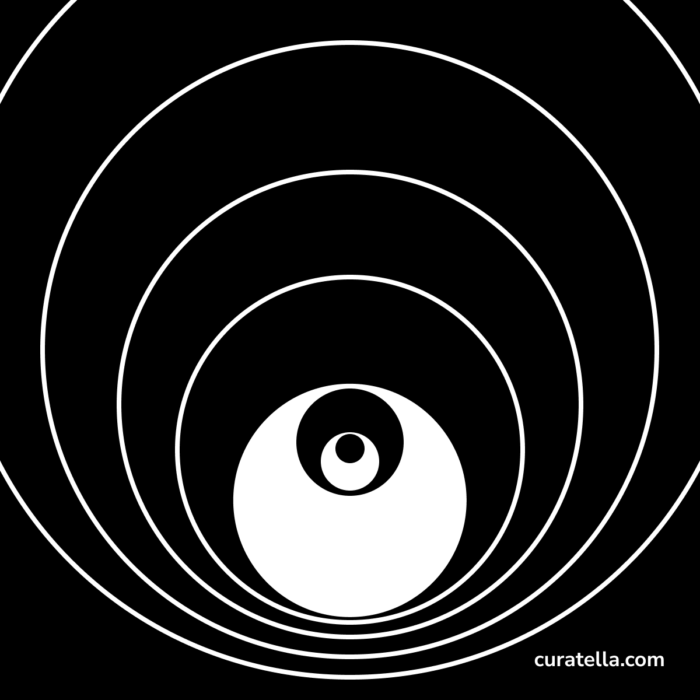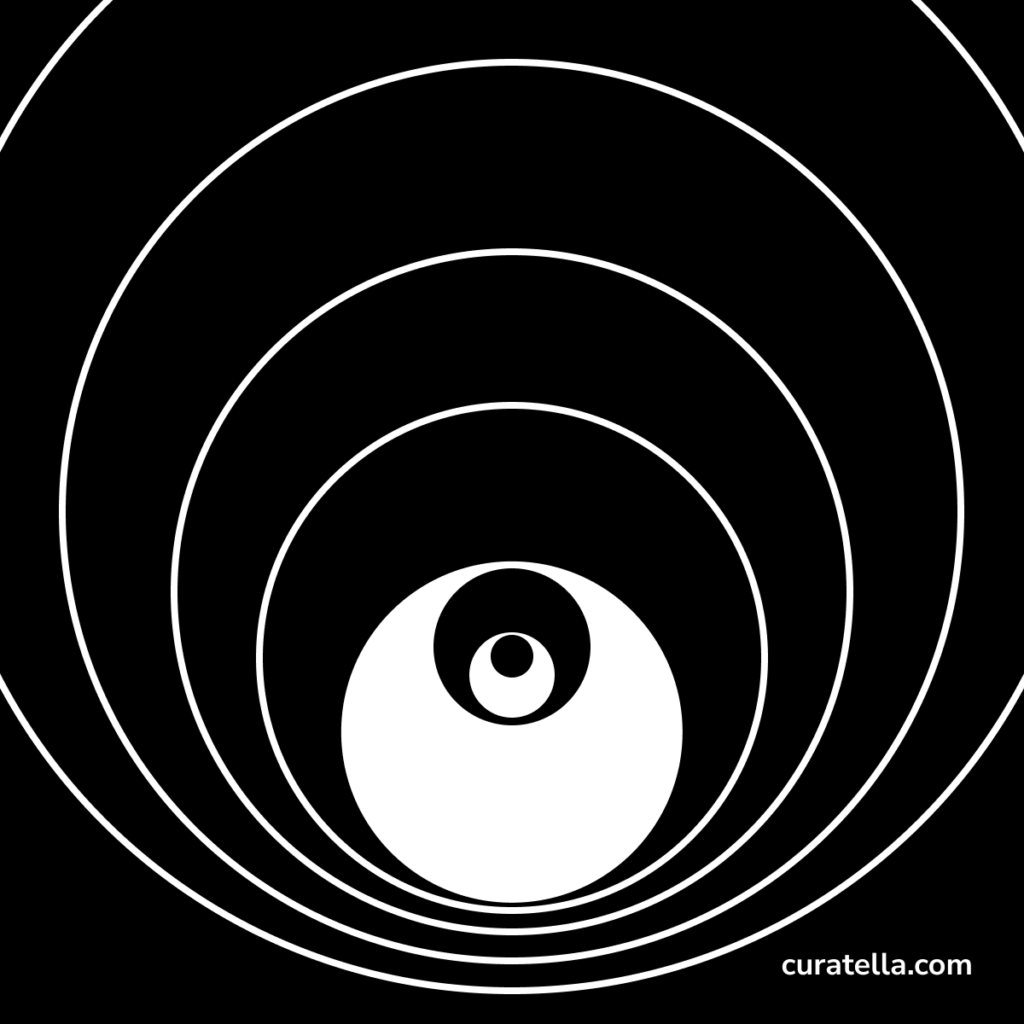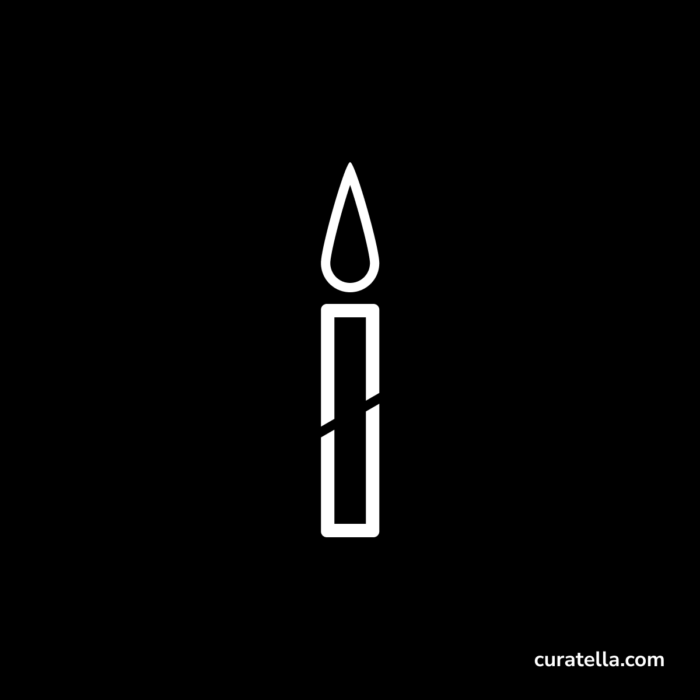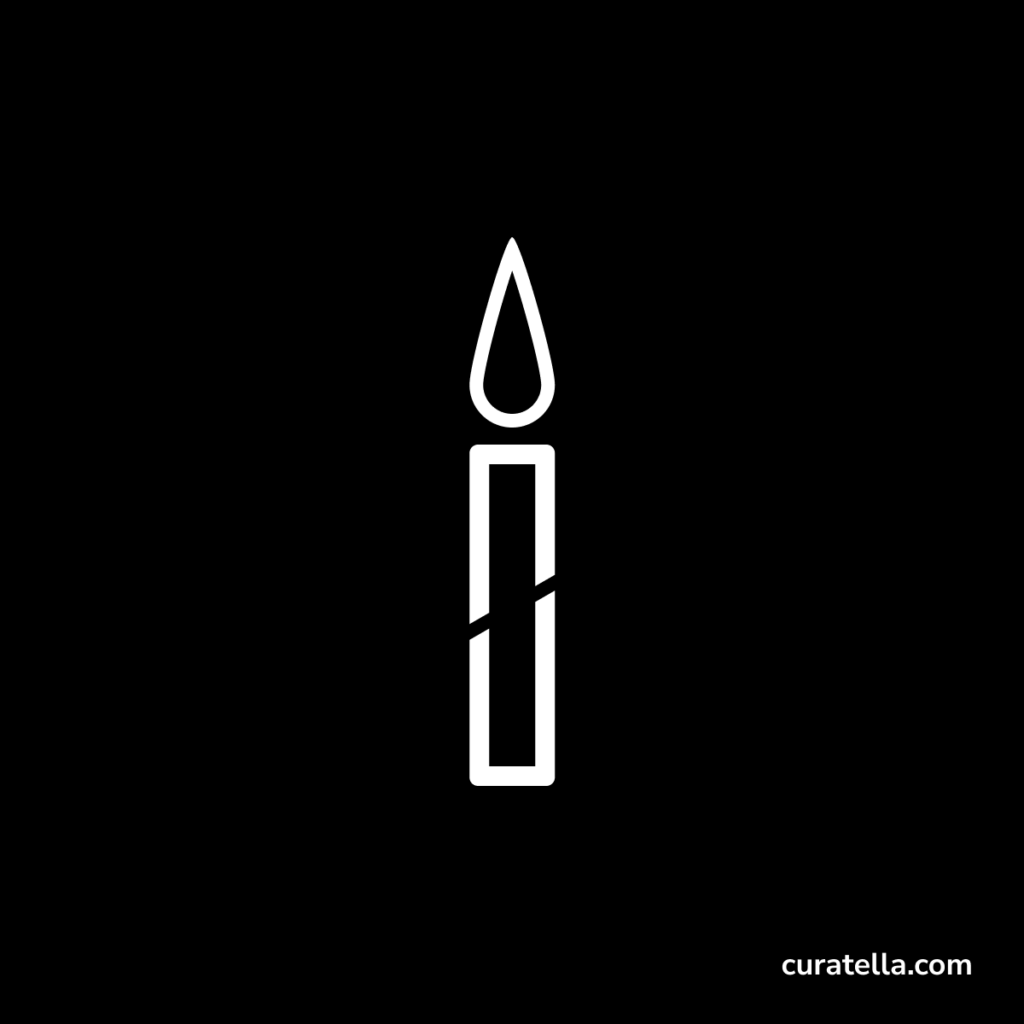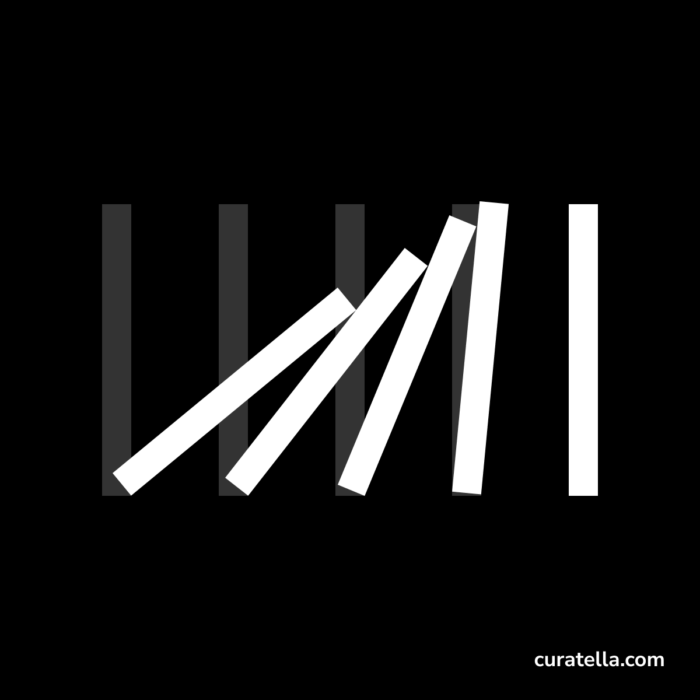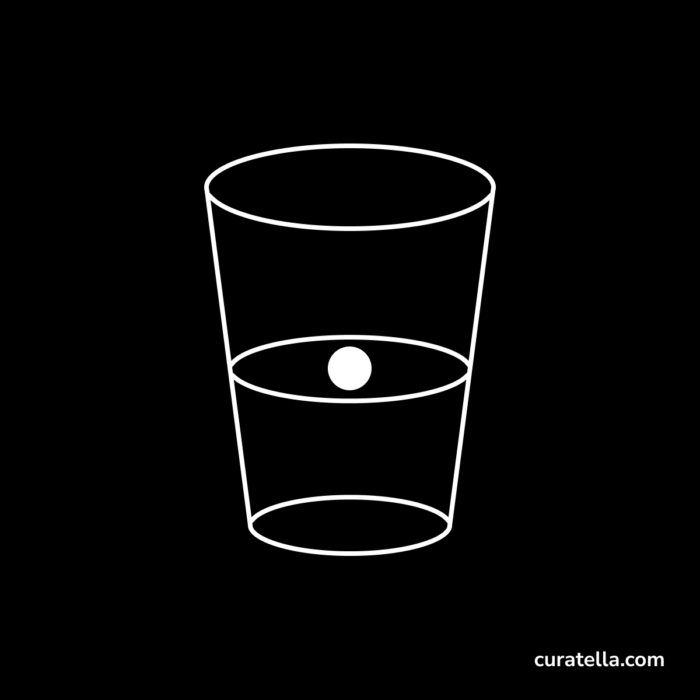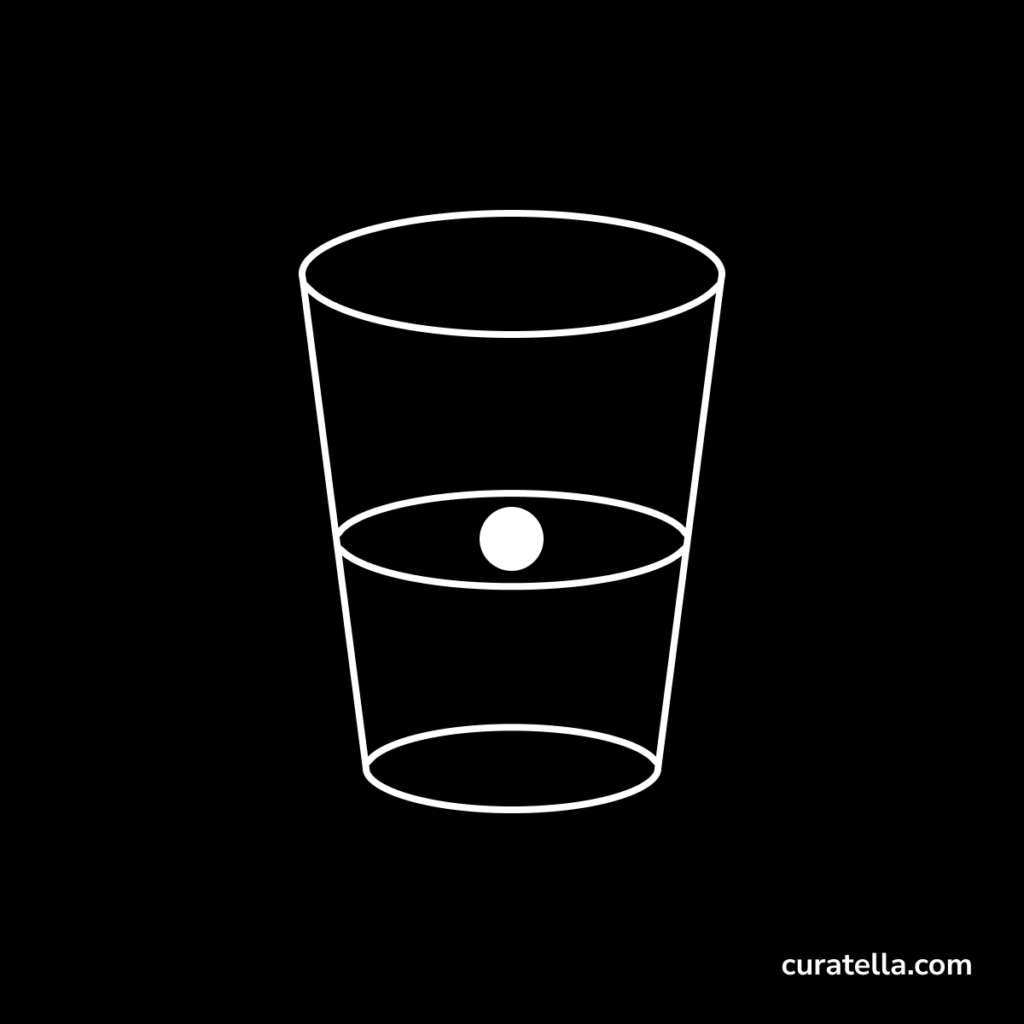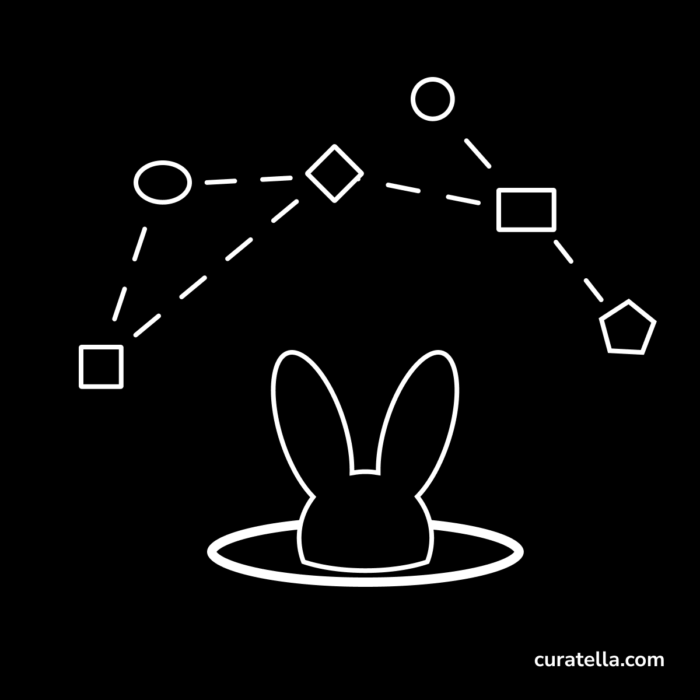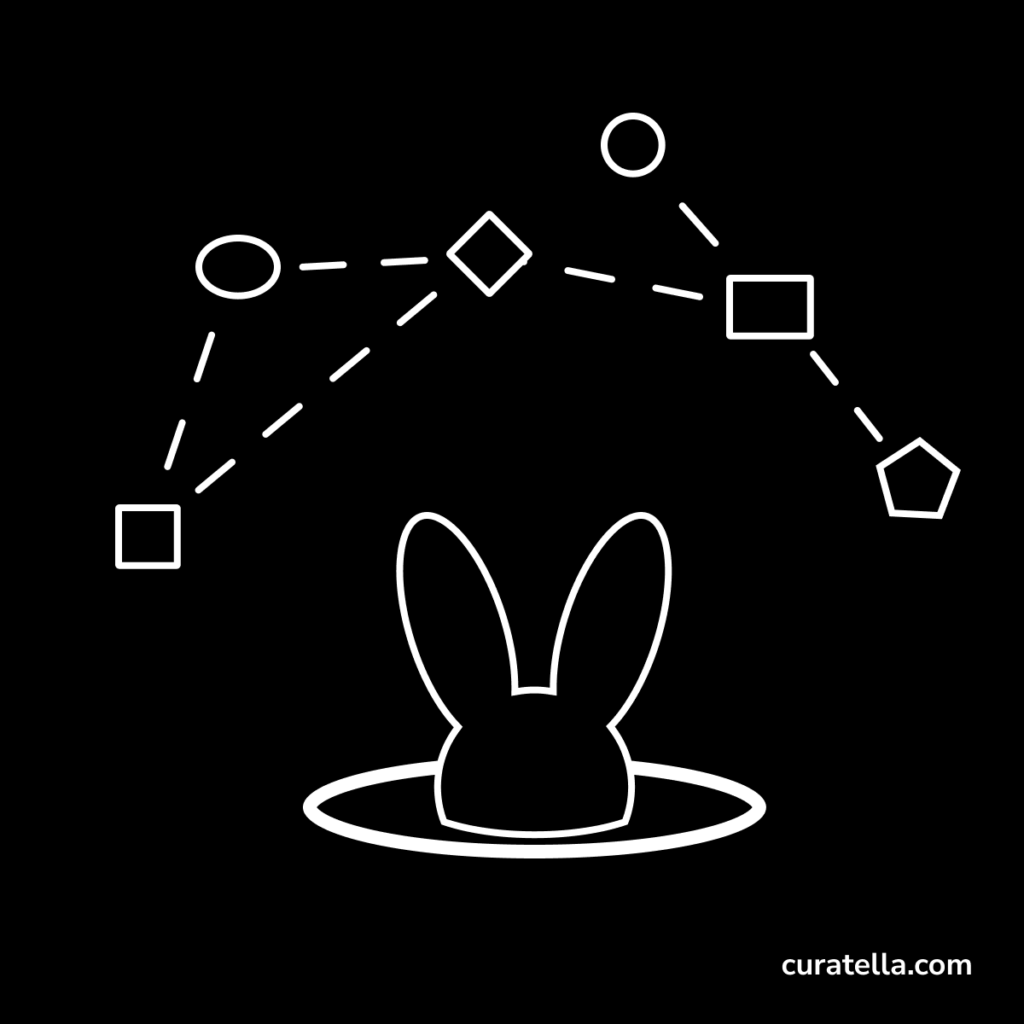I am looking for new prompts to fuel my research, writing, and publishing. I am a bit tired of improvising every day so I am looking for stronger themes to follow through.
What follows is a sample of questions I would like to explore.
I am posting them here to make them bounce through your brains and harvest useful interactions.
Everybody is jumping on the note-taking app wagon
In the world of Personal Knowledge Management tools, there is a tsunami of new software applications to manage note-taking and note-making.
- What does it mean for thinkers, writers, publishers?
- Graphs as thinking tools: what are their usability issues? How do they facilitate serendipity and visual thinking? Do we think better or worse with a graph?
- A huge catalog of connected ideas is creating a cognitive avalanche: was it already existing on the web? What’s different? Why should it work? Why didn’t the web work, or did it?
- How did great thinkers in the past think great things without modern digital tools? What’s the added value of thinking digitally?
- Rebranding the obvious: “Tomato/tometo” and Note/Node. Why searching for new names for millennia-old concepts?
- Isn’t a note-taking app just a database management system? Isn’t every software application just data management? What’s the novelty of a note-taking tool?
- Tool-agnostic frameworks, what’s the role of the method in being effective in note-taking and its creative outcome? Is the framework driving the choice of the tool or vice-versa? How is the tool allowing the full expression of workflows?
Ideally, I am looking for better questions but anything useful to go deeper is appreciated.
Thanks for playing.
